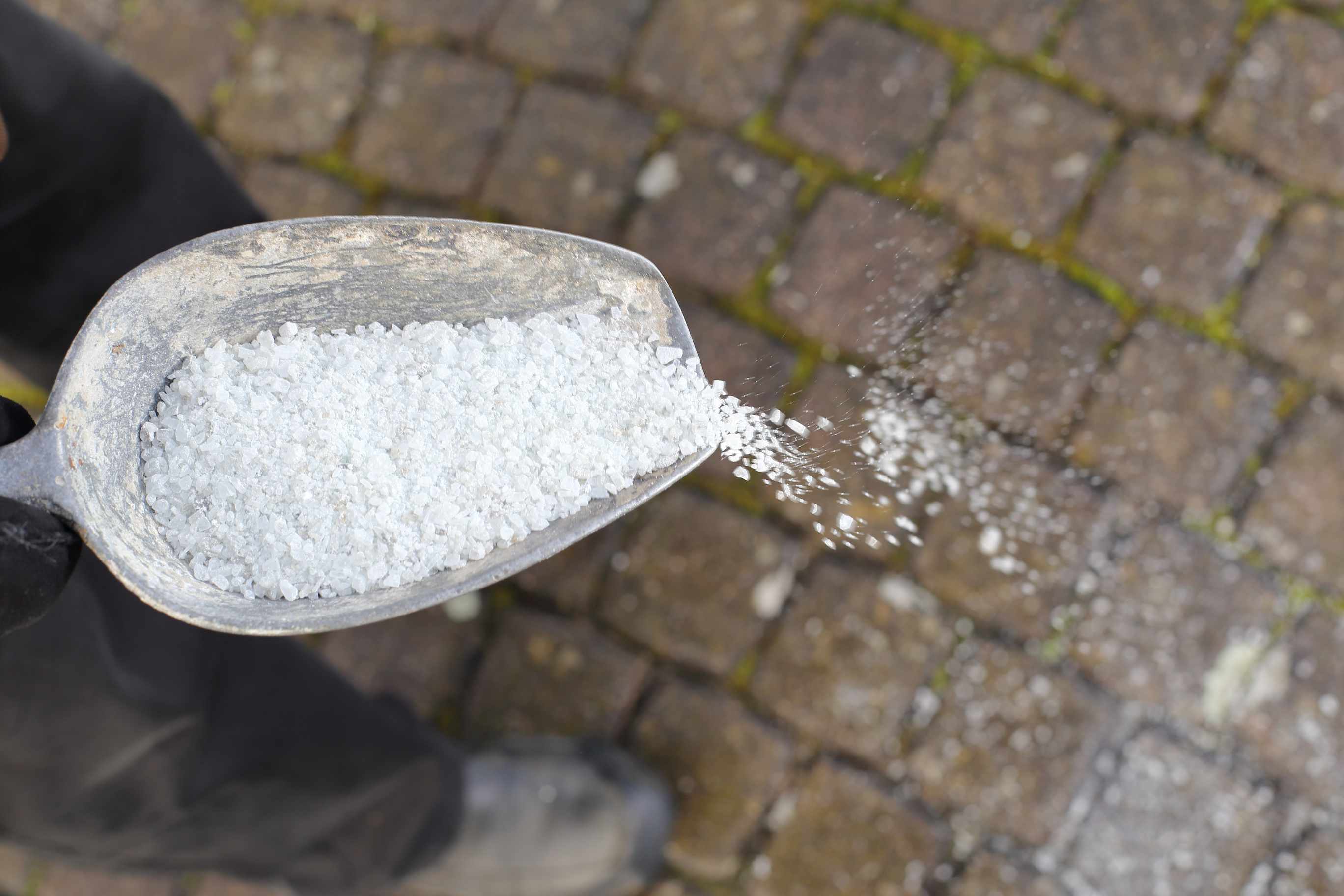Winter Lawn Care
WINTER
LAWN
CARE
LAWN
CARE
"There's one good thing about snow, it makes your lawn look as nice as your neighbor's."
- Clyde Moore
Jack Frost may stifle yards with cold and snow, but winter lawn care is still something to consider.
During the winter and just prior to it, you can work to improve the appearance of your yard and encourage growth for spring while reducing or decreasing the damage it incurs during colder months.
During the winter and just prior to it, you can work to improve the appearance of your yard and encourage growth for spring while reducing or decreasing the damage it incurs during colder months.
WINTER LAWN CARE TIPS
When it comes to winter lawn care, some things can be done in the time leading up to winter, while other items might be considered an ongoing task.
For example, you can rake leaves in the autumn to prepare your lawn for winter. But, if it's a warmer year, this chore could extend into winter. You may also not have had time to get the job fully-done in the fall and have some work leftover.
For example, you can rake leaves in the autumn to prepare your lawn for winter. But, if it's a warmer year, this chore could extend into winter. You may also not have had time to get the job fully-done in the fall and have some work leftover.
*Pro tip: While some suggest keeping leaves or using them as mulch, larger masses or piles of leaves can harm areas on your lawn. In addition to causing moisture to pool or buildup, it can attract pests and can even lead to mold or fungal growth.
Other debris, such as fallen tree limbs, etc., should also be taken out of yards. These, like leaves, can also inhibit the ability of water to drain or move.
Mowing on dry days is a possibility during the winter and should be done prior to the season.
Grass should be cut short in preparation for winter. Two-and-a-half inches is the recommended length. Longer grass is known to attract pests, including rodents, and it can leave grass more vulnerable to the harshness of winter.
Grass should be cut short in preparation for winter. Two-and-a-half inches is the recommended length. Longer grass is known to attract pests, including rodents, and it can leave grass more vulnerable to the harshness of winter.

Shorter grass is known to regain its verdancy faster in the spring.
Overseeding the lawn prior to colder temperatures with cool-season grasses, such as ryegrass, can also be beneficial, and can help the grass stay more vibrant and maintain some of that green coloring during colder months.
CARING FOR YOUR LAWN DURING WINTER MONTHS
Aside from preparing for the season, there are things you can do to care for your lawn during winter months.
- Avoid parking vehicles on your lawn and overdoing it in other ways when there is frost. Walking or traveling repeatedly on your lawn in the winter where there is frost can cause damage to those areas.
- Another way you can take care of your lawn during the winter includes studying up for spring and summer. Prepare for the seasons ahead and gear-up to have the greatest lawn ever by signing up for online or in-person classes, newsletters, blog or magazine subscriptions, and anything you can find that provides lawn care tips and related material.
ADDITIONAL WINTER LAWN CARE TIPS
Remember to properly prepare your lawn for winter. Also, avoid too much salt runoff which can cause damage, particularly when it accumulates or is applied in higher concentrations.
Note that salt can be present in fertilizers and is also commonly used to eradicate ice from walkways (sidewalks and driveways). While a certain amount of salt is okay for lawns, if water does not wash it away properly, it can lead to damage.
Note that salt can be present in fertilizers and is also commonly used to eradicate ice from walkways (sidewalks and driveways). While a certain amount of salt is okay for lawns, if water does not wash it away properly, it can lead to damage.
Salt can remain stored in soil for years, sources say.

CONCLUSION
While not always visible, grass is present on our lawns year-round, and while growth tends to slow down during the winter months, it will not stop completely — even if it looks completely dead or dried out.
In addition to preparing your lawn for winter and managing salt runoff, remember to keep your lawn clear and free from fallen limbs, leaves, and other debris. Also, avoid parking or walking on areas of your lawn where there is frost.
Read up on what you can do now as well as for the future, and remember to show your lawn a little TLC this winter!

In addition to preparing your lawn for winter and managing salt runoff, remember to keep your lawn clear and free from fallen limbs, leaves, and other debris. Also, avoid parking or walking on areas of your lawn where there is frost.
Read up on what you can do now as well as for the future, and remember to show your lawn a little TLC this winter!


